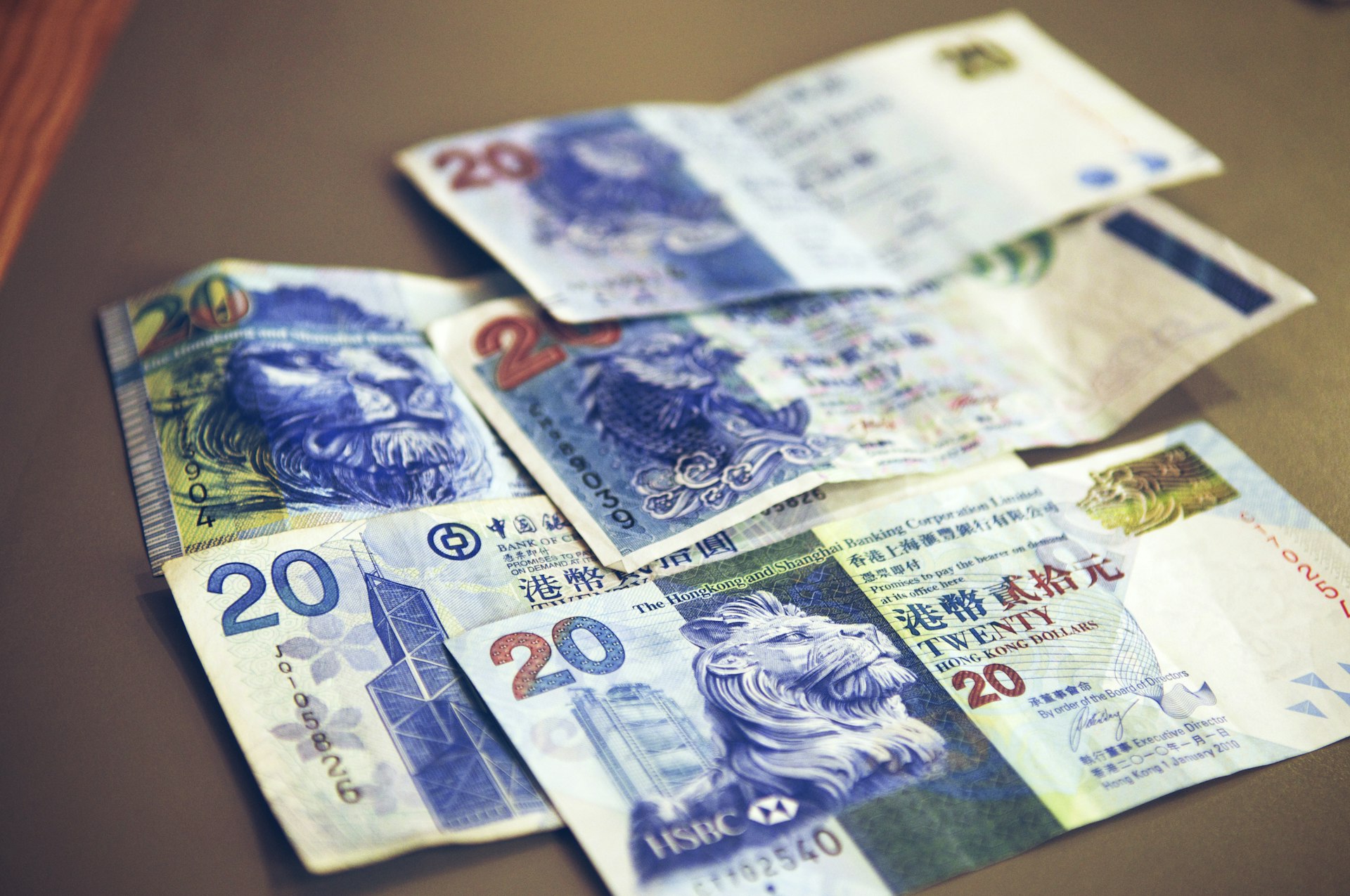Navigating the Future of Ethical Sourcing in Global Trade: Trends, Opportunities, and Strategic Guidance

Photo by Greg Rosenke on Unsplash
Introduction: The Evolving Landscape of Ethical Sourcing
As global trade enters a new era, ethical sourcing has become a cornerstone for companies striving to remain competitive while meeting heightened consumer and regulatory expectations. Driven by increased awareness of environmental and social issues, businesses are re-evaluating their supply chains to ensure responsible practices, boost transparency, and foster long-term resilience. This article provides comprehensive, actionable guidance on navigating the future of ethical sourcing in global trade, addressing emerging trends, compliance challenges, and step-by-step strategies for implementation.
1. Core Trends Shaping Ethical Sourcing in Global Trade
Several intertwined trends are reshaping the way ethical sourcing is approached globally:
a. Sustainability as a Non-Negotiable Standard
Modern consumers and regulatory bodies are demanding sustainable practices at every level of the supply chain. Companies are increasingly expected to:
- Reduce carbon footprints by selecting low-emission suppliers and optimizing transportation methods
- Adopt circular economy principles, such as sourcing reusable or recyclable materials
- Implement ethical labor practices, ensuring fair wages and safe working conditions in all facilities
For instance, international compliance standards like BSCI, Sedex, and Fair Trade certification have emerged as key differentiators for suppliers. Non-compliance can result in regulatory fines, exclusion from markets, and reputational damage [1] .
b. Regulatory and Policy Shifts
Trade policies are evolving rapidly, with governments introducing stricter import/export regulations focused on carbon emissions and labor conditions. New trade agreements, such as the Indo-Pacific Economic Framework (IPEF) and updates in EU-China relations, require businesses to adapt quickly to remain compliant [1] . Customs digitization is also making cross-border transactions more efficient, but requires companies to stay informed on compliance requirements.
c. Technological Innovation and Automation
Automation, AI, and advanced analytics are transforming ethical sourcing by:
- Streamlining supplier evaluation and risk management
- Predicting potential disruptions (environmental, political, or logistical) and recommending proactive solutions
- Improving transparency and traceability through digital supply chain platforms
Businesses that invest in these technologies now are likely to gain a competitive edge and enhance their ability to meet ethical standards [4] .

Photo by Lucas Sandor on Unsplash
2. Real-World Examples and Case Studies
Leading retailers and brands are setting new benchmarks for ethical sourcing:
- Collaborative Initiatives : Some retailers incentivize suppliers to adopt sustainable practices (e.g., using recycled materials) by offering longer-term contracts, which helps manage costs and deepen partnerships [2] .
- Third-Party Certifications : Companies implement certifications like Fair Trade, Global Organic Textile Standard (GOTS), or B Corp Certification to assure ethical sourcing and build consumer trust.
- Flexible Inventory and Logistics : Suppliers now offer U.S. warehousing, direct shipping, and optimized logistics to help manage costs while upholding compliance [2] .
3. How to Implement Ethical Sourcing: Step-by-Step Guidance
For businesses aiming to future-proof their sourcing strategy, consider the following steps:
-
Assess Current Supply Chains
- Identify all suppliers and evaluate their sustainability and labor practices.
- Request documentation of compliance with recognized standards (BSCI, Sedex, Fair Trade).
-
Set Measurable Goals
- Define specific targets for emissions reduction, waste minimization, and labor standards.
- Communicate these goals to suppliers and integrate them into contracts.
-
Invest in Technology
- Adopt supply chain management platforms that provide real-time visibility and risk alerts.
- Utilize AI-powered analytics for supplier screening and performance monitoring.
-
Pursue Third-Party Certifications
- Work with certification bodies to audit and certify supply chains.
- Use certifications as a marketing and trust-building tool with consumers.
-
Engage in Continuous Improvement
- Regularly review and update sourcing policies to match evolving regulations and consumer expectations.
- Participate in industry collaborations and knowledge-sharing forums.
If you are unsure where to start, you can:
- Contact reputable trade advisors or customs brokers to help interpret new regulations and identify opportunities for tariff reductions.
- Search for recognized certification bodies (such as Fair Trade International or B Lab for B Corp) whose websites provide guidance on certification processes.
- Reach out to industry associations for recommended suppliers and compliance tools.
4. Compliance Challenges and Solutions
Staying compliant with ethical sourcing standards is an ongoing challenge, especially as geopolitical tensions and trade sanctions evolve [3] . Businesses must:
- Monitor updated lists of sanctioned entities and regions to avoid inadvertent violations.
- Implement robust denied party screening and due diligence processes.
- Keep abreast of new data security and product quality standards that vary across regions.
To stay current, regularly check for updates from official government trade agencies or seek guidance from specialized compliance consultants. When in doubt, consult your industry’s leading trade association or the appropriate regulatory authority in your jurisdiction.
5. Alternative Approaches and Future Opportunities
As the landscape continues to shift, businesses can explore alternative strategies to strengthen ethical sourcing efforts:
- Supplier Diversification : Avoid over-reliance on any single region by building a multi-country supplier base. This reduces exposure to regional disruptions and regulatory changes [1] .
- Nearshoring and Localization : Shift production closer to end markets to reduce logistics costs, lower emissions, and benefit from favorable trade agreements [2] .
- Collaborative Industry Initiatives : Join industry groups that pool resources for supplier audits, training, and shared compliance infrastructure.
6. Accessing Ethical Sourcing Resources and Services
To access ethical sourcing certifications, supply chain analytics platforms, or compliance advisory services:
- You can search for the official websites of organizations such as Fair Trade International, Sedex, or B Lab for certification application processes.
- For government trade regulations, visit your country’s official trade commission or customs agency, and look for their guidance on “sustainable supply chain” or “ethical sourcing” regulations.
- Consult reputable supply chain technology providers for AI-driven procurement and risk management solutions. Many have detailed product information and case studies on their official sites.
If you are a retailer, consider attending leading trade shows (such as ASD Market Week or SourceDirect) for direct access to certified suppliers and solution providers. Always verify the authenticity of certification bodies and service providers by checking with recognized industry associations.
Conclusion: Building Resilient, Responsible Supply Chains for the Future
The future of ethical sourcing in global trade will be shaped by the interplay of consumer expectations, regulatory innovation, and technological progress. Companies that proactively embrace sustainability, invest in transparency, and build flexible, diversified supply chains will be better positioned to adapt to emerging challenges and seize new opportunities. By following the actionable steps outlined above and leveraging available industry resources, businesses of all sizes can build responsible sourcing programs that drive value, trust, and long-term growth.
References
- [1] Dragon Sourcing (2025). International Sourcing Trends 2025: Key Changes in Global Trade.
- [2] ASD Market Week (2025). Global Sourcing Trends Recap 2025.
- [3] Visual Compliance (2025). 5 Key Trade Compliance Trends in 2025.
- [4] EDS International (2025). Top Trends in Global Sourcing for 2025 and Beyond.
MORE FROM moneysaversearch.com













